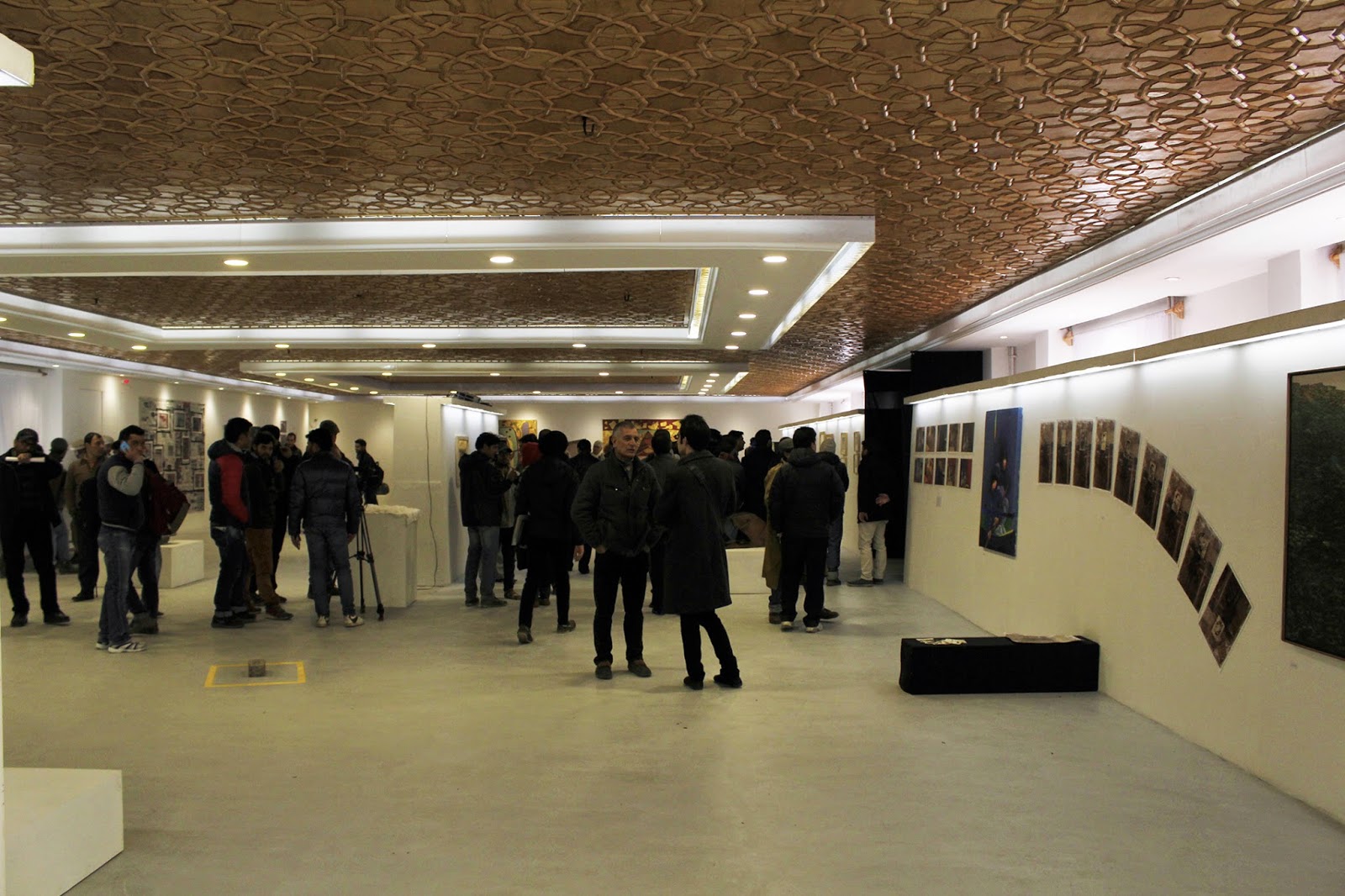 |
| Syed Mujtaba Rizvi |
To
address these issues Kashmir Art Quest has been working towards the
advancements of arts, artists and art education in Kashmir since its
foundation in August 2009. It is one of our foremost goals to create a
situation in Kashmir where an international art-scene might exist –
therefore channelize creative energy towards Kashmir. We celebrate a
culture of innovation & creativity, and strive to foster creative
and cultural entrepreneurship in the region. Over the years through various projects we have been able to revive the art scene in Kashmir, bring it to the public domain, and take it to the international stage.
We
are still the only independent contemporary arts organisation working
actively in Kashmir. However, today we launched the first ever centre
for contemporary arts and research in J&K after over 5 years of hard
work and planning.– a historical landmark, and a much needed space
especially in a place like Kashmir.
Gallerie One constitutes of five inter-disciplinary wings, unified in a single-access space spread over 7500 sq.ft.
1) Art Gallery
2) Archiving & Cataloging Centre.
3) Digital Media Lab.
4) Research Centre
5) Library and Leisure Space.
 |
| File Photo all copy right by Gallerie One |
The
project was conceived, formulated and implemented by Syed Mujtaba Rizvi
who is also the Founder and Managing Director of Kashmir Art Quest.
Mujtaba Rizvi heads Gallerie One as its Chief Executive Officer.
Fasal
Dar is the Chief Operating Officer at Gallerie One who ensures the
right implementation of the project. This project has been possible
after years of hard work, and now by the support received from J&K
Department of Tourism, who own the space. They prepared the space - at
1st Floor, Tourist Reception Centre, Srinagar - for this path-breaking
initiative (J&K Department of Tourism retains the ownership of the
space).
The
gallery opened with the inaugral show, 'Contemporary Practices and new
Media," curated by Syed Mujtaba Rizvi, showcasing works by 36 leading
and emerging artists. The exhibition explores the bold and challenging
practice by Kashmiri artists today. It showcases the shift from
traditional practices, and how this practices manifests in contemporary
culture. The current show ends on 31 March 2015, and will be accompanied by artist talks, workshops, and seminars.
PHOTO CREDITS: GALLERIE ONE
For More information visit: www.gallerie1.com
If you require any further information, please feel free to get in touch with me.
Regards,
If you require any further information, please feel free to get in touch with me.
Regards,
Syed Mujtaba Rizvi
Founder, CEO, Gallerie One.
Founder, MD, Kashmir Art Quest.
Founder, CEO, Gallerie One.
Founder, MD, Kashmir Art Quest.
Follow on Facebook. Click Here.
Twitter: @KashmirArtQuest
1st Floor, Tourist Reception Centre,
TRC Road,
Srinagar - 190001
Jammu & Kashmir.
+91 - 9596 355 455
('Gallerie One' and 'Centre for Contemporary Arts and Research' are under the auspices of Kashmir Art Quest)





